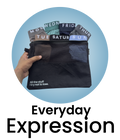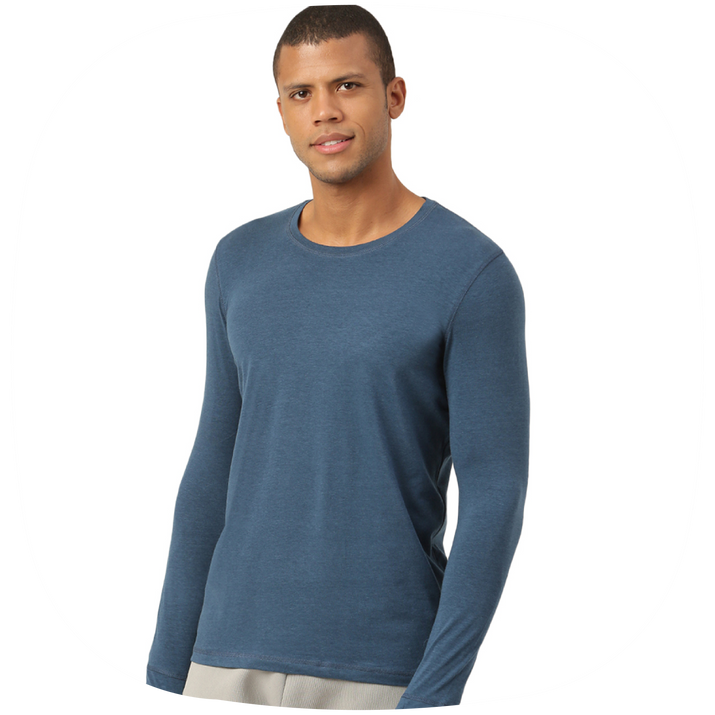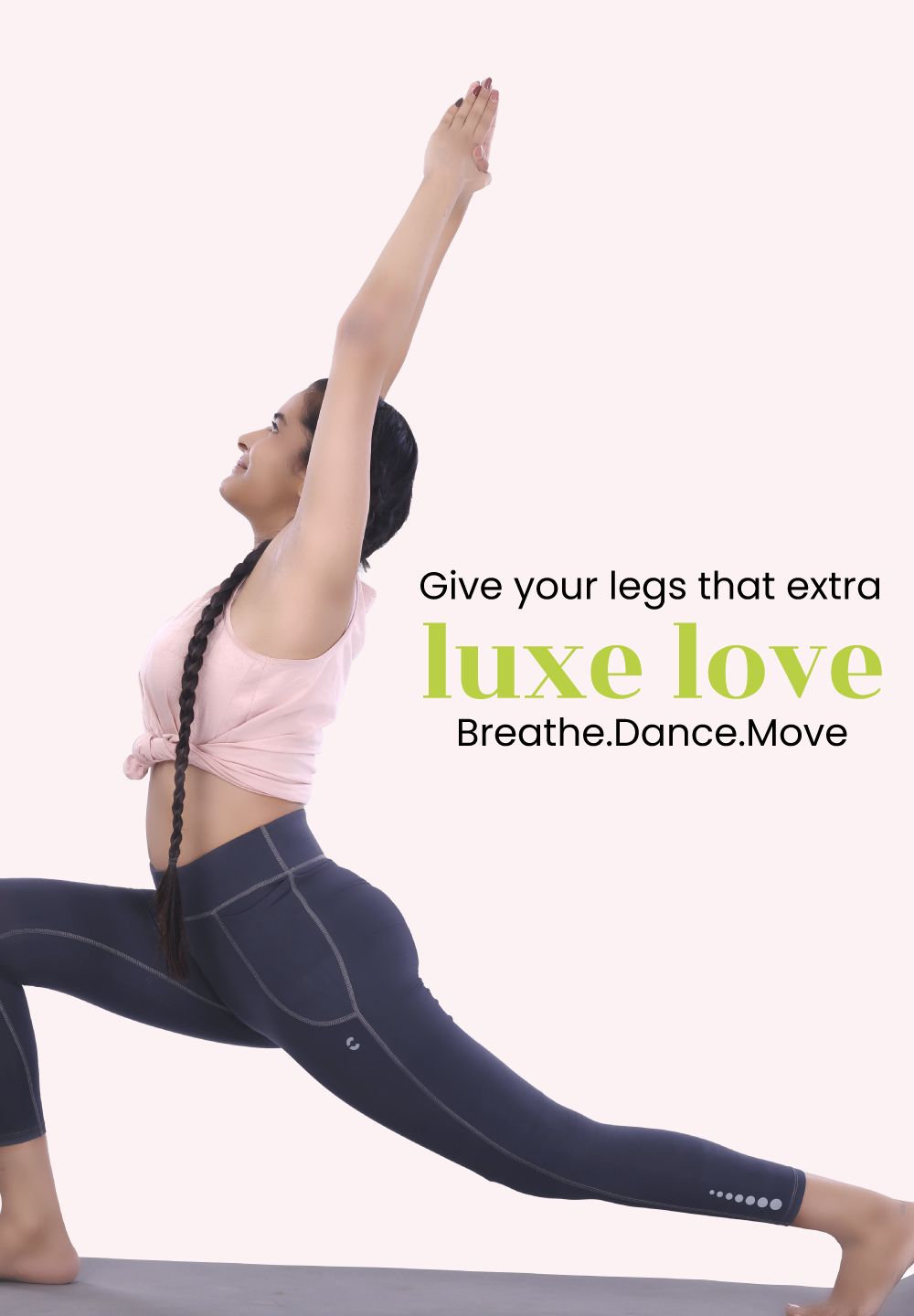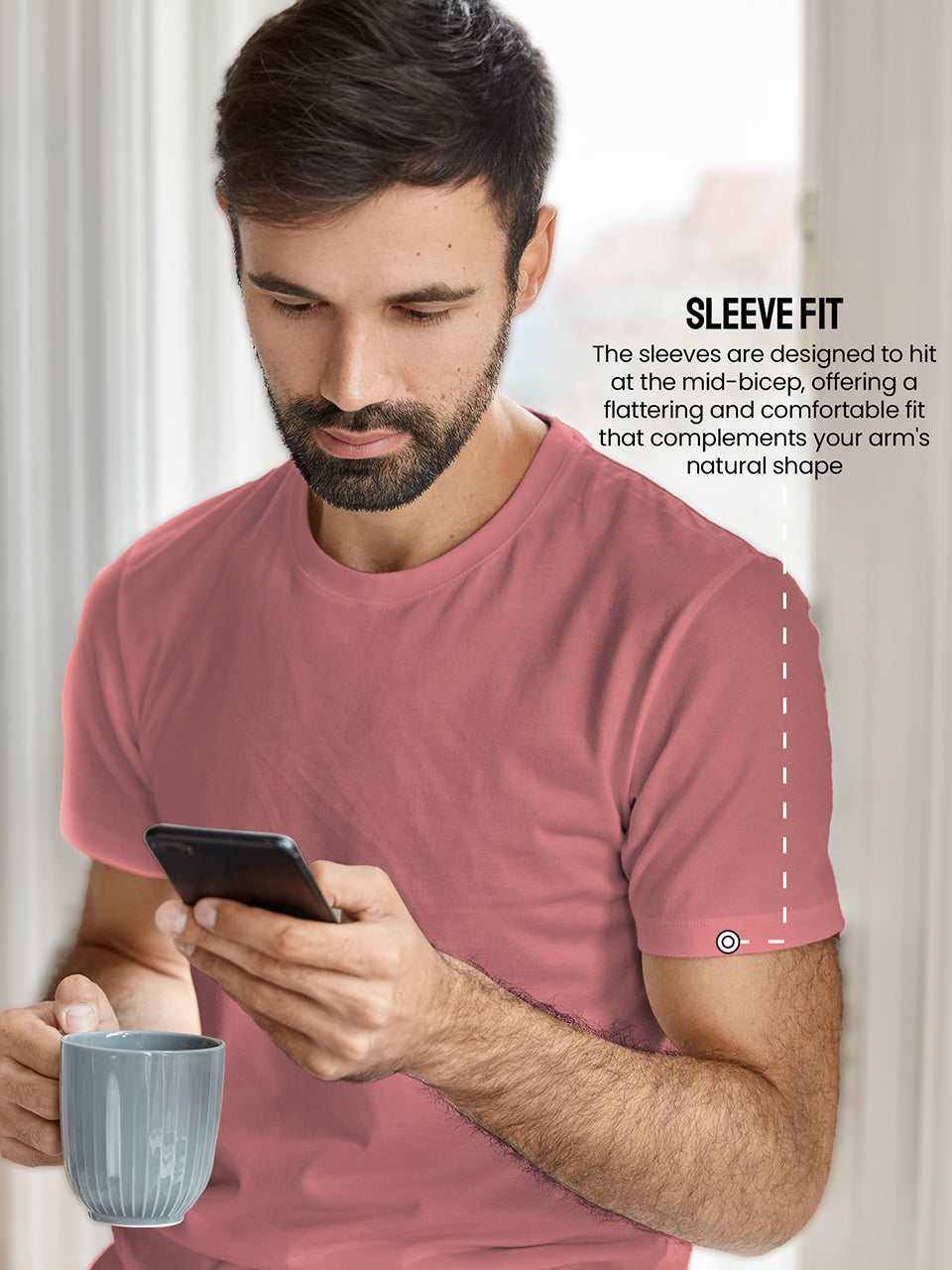Imagine clothing that anticipates your body's needs, dynamically adjusting to maintain optimal comfort regardless of activity level. The textile industry is rapidly evolving beyond static garments, driven by advancements in sensor technology and responsive materials. Current performance wear often falls short, struggling to effectively manage moisture and temperature fluctuations, leading to discomfort and reduced athletic performance. Underskin addresses these challenges by integrating micro-climate control directly into the fabric, creating a seamless interface between skin and environment. This technology leverages embedded sensors to monitor body temperature and perspiration, triggering smart textiles to actively regulate heat and moisture, offering unparalleled fit and physiological support. The following explores the core principles and technical architecture driving this innovation.

Understanding Underskin Technology
Underskin technology, in the context of apparel, refers to garments designed to be worn as a base layer, close to the skin. These garments are engineered to provide a seamless fit and regulate body temperature. The key goal is to enhance comfort and performance by managing moisture, reducing friction. Maintaining an optimal body temperature, whether you're working out, braving the cold, or just seeking all-day comfort. Think of it as a second skin that actively contributes to your well-being.
Seamless Fit: Construction and Benefits
Seamless construction is a critical aspect of underskin apparel. Traditional garments are typically made by cutting fabric pieces and sewing them together. This process creates seams, which can cause friction, irritation. Discomfort, especially during movement. Seamless garments, on the other hand, are created using circular knitting or other advanced techniques that minimize or eliminate seams altogether. Key Benefits of Seamless Fit:
- Reduced Chafing: Minimizing seams reduces friction against the skin, preventing chafing and irritation, especially during high-intensity activities.
- Enhanced Comfort: The absence of bulky seams allows for a smoother, more comfortable fit that moves with the body.
- Improved Aesthetics: Seamless garments often have a cleaner, more streamlined appearance, making them suitable for layering or wearing on their own.
- Greater Durability: With fewer seams, there are fewer points of stress and potential failure, leading to increased garment durability.
Temperature Regulation: How It Works
Temperature regulation in underskin garments is achieved through a combination of fabric properties and construction techniques. The primary goal is to wick moisture away from the skin, allowing it to evaporate and cool the body. This is especially essential during exercise, when the body produces sweat to regulate its temperature. Key Technologies and Materials:
- Moisture-Wicking Fabrics: These fabrics are designed to draw moisture away from the skin and transport it to the outer layer of the garment, where it can evaporate. Common moisture-wicking materials include:
- Polyester: A synthetic fiber known for its excellent moisture-wicking properties and durability.
- Nylon: Another synthetic fiber that is strong, lightweight. Moisture-wicking.
- Merino Wool: A natural fiber that is highly breathable, moisture-wicking. Odor-resistant.
- Blends: Combinations of different fibers, such as polyester and spandex, can provide a balance of moisture-wicking, stretch. Comfort.
- Breathable Construction: The way a garment is constructed can also affect its breathability. Open-knit structures, mesh panels. Strategically placed ventilation zones can enhance airflow and allow moisture to escape.
- Evaporative Cooling: As moisture evaporates from the surface of the garment, it cools the skin underneath. This process helps to regulate body temperature and prevent overheating.
Comparing Materials: Natural vs. Synthetic
When it comes to underskin garments, both natural and synthetic materials have their own advantages and disadvantages. The best choice depends on the specific activity and personal preferences.
| Material | Pros | Cons | Best For |
|---|---|---|---|
| Merino Wool | Excellent moisture-wicking, odor-resistant, breathable, warm even when wet | Can be more expensive, may require special care | Cold weather activities, hiking, everyday wear |
| Polyester | Excellent moisture-wicking, durable, affordable, quick-drying | Can retain odors, not as breathable as natural fibers | High-intensity workouts, running, team sports |
| Nylon | Strong, lightweight, moisture-wicking, abrasion-resistant | Can be less breathable than polyester, can be more expensive | Outdoor activities, compression wear, swimwear |
| Cotton | Soft, comfortable, breathable | Absorbs moisture and dries slowly, can become heavy and uncomfortable when wet | Low-intensity activities, everyday wear in mild conditions |
Real-World Applications and Use Cases
Underskin garments with seamless fit and temperature regulation are used in a wide range of applications, from athletic performance to everyday comfort. Examples Include:
- Sports and Fitness: Athletes wear underskin garments to improve performance by wicking away sweat, reducing chafing. Maintaining an optimal body temperature. These garments are popular for running, cycling, hiking. Team sports.
- Outdoor Activities: Hikers, campers. Climbers use underskin layers to stay warm and dry in cold or wet conditions. Merino wool base layers are particularly popular for their warmth and odor resistance.
- Medical and Therapeutic Use: Compression garments, a type of underskin apparel, are used to improve circulation, reduce swelling. Support muscles. These garments are often prescribed for medical conditions such as lymphedema and venous insufficiency.
- Everyday Comfort: Many people wear underskin garments as a base layer for everyday comfort. Seamless underwear, socks. T-shirts can provide a smooth, comfortable fit that reduces irritation and enhances overall comfort.
- Occupational Use: Workers in physically demanding jobs, such as construction or landscaping, may wear underskin garments to stay cool and dry in hot weather or warm and dry in cold weather.
The Future of Underskin Technology
The field of underskin technology is constantly evolving, with new materials, construction techniques. Features being developed all the time. Some of the trends that are shaping the future of underskin apparel include:
- Smart Fabrics: Fabrics with integrated sensors that can monitor body temperature, heart rate. Other physiological data. This insights can be used to optimize performance and provide personalized feedback.
- 3D Printing: 3D printing technology is being used to create custom-fit underskin garments with complex designs and integrated features.
- Sustainable Materials: There is a growing demand for underskin garments made from sustainable materials, such as recycled polyester and organic cotton.
- Personalized Comfort: Advances in materials science and garment design are making it possible to create underskin garments that are tailored to individual needs and preferences.
For instance, consider the advancements in incorporating phase change materials (PCMs) into fabrics. PCMs absorb and release heat as they change phase (e. G. , from solid to liquid), providing a dynamic temperature regulation effect. This technology can be particularly useful in underskin garments designed for extreme environments. You can find a wide variety of comfortable and seamless options at Freecultr.
Choosing the Right Underskin Garment
With so many different options available, it can be challenging to choose the right underskin garment for your needs. Here are some factors to consider:
- Activity: What activity will you be using the garment for? Choose a garment that is appropriate for the intensity and duration of the activity.
- Climate: What is the climate you will be wearing the garment in? Choose a garment that is appropriate for the temperature and humidity.
- Material: What material do you prefer? Consider the pros and cons of different materials, such as merino wool, polyester. Nylon.
- Fit: Choose a garment that fits snugly but not too tightly. The garment should move with your body without restricting your range of motion.
- Features: Do you need any special features, such as compression, odor resistance, or UV protection?
Conclusion
The journey to understanding underskin's role in seamless fit and temperature regulation reveals a future where comfort meets performance. We've uncovered how crucial the right fabric blend and construction are for achieving that second-skin feel and optimal breathability. Moving forward, expect to see even more innovation in this area, with advancements in sustainable materials and personalized temperature control technologies. Consider this your implementation guide: prioritize moisture-wicking fabrics, pay attention to seam placement (flatlock seams are a game-changer!). Don't underestimate the power of a well-fitted garment. Remember, the goal is to enhance, not restrict, your natural movement. For example, if you're constantly adjusting your base layer during a workout, it's time for an upgrade. Success here is measured by how easily you forget you're wearing it, allowing you to fully focus on your activity. Investing in quality underskin is an investment in your comfort and performance, paving the way for a more enjoyable and productive life.
FAQs
Okay, so what exactly is Underskin and what's the big deal?
Think of Underskin as your new best friend when it comes to feeling good while being active. It's performance apparel designed to fit like a second skin – super comfortable and seamless. The real magic is in the temperature regulation. It helps keep you cool when you're sweating and warm when it's chilly, so you're never too hot or too cold.
How does this 'seamless fit' thing actually work? Is it just, like, really tight?
Not just tight! It's about how the garment is constructed. Fewer seams (or none at all!) mean less chafing and irritation. Plus, the material is usually stretchy and moves with you, so it's snug but not restrictive. It's designed to feel like you're barely wearing anything, not like you're being squeezed into a sausage casing!
Temperature regulation, huh? Is that just a marketing buzzword, or does it actually do something?
It's legit! Underskin fabrics are often made with materials that wick away sweat really efficiently. This allows your body to cool down naturally. Some also have special fibers that trap heat when it's cold. So, yeah, it's not just fancy talk; it genuinely helps regulate your body temperature.
Can I wear Underskin for any activity, or is it just for hardcore athletes?
Absolutely any activity! While athletes definitely benefit from the performance aspects, Underskin is great for anyone who wants to be comfortable. Yoga, hiking, running errands, even just lounging around the house – it's way more versatile than you might think.
What kind of material are we talking about here? Is it going to fall apart after a few washes?
Typically, Underskin uses blends of synthetic fibers like nylon, polyester. Elastane (like Lycra or Spandex). These materials are durable, moisture-wicking. Stretchy. As long as you follow the care instructions on the label – usually a gentle cycle and air drying – it should last a good while.
Okay, you've convinced me. How do I choose the right Underskin for me?
Think about what you'll be using it for most. For high-intensity workouts, look for maximum breathability and moisture-wicking. For colder weather, consider options with thermal properties. And of course, pay attention to fit! You want it snug but not constricting. Reading reviews is always a good idea, too!
Is Underskin just for tops and bottoms, or are there other options?
Nope, it's way more than that! You can find Underskin technology in socks, underwear, sports bras, even some gloves and hats. , if you want to feel comfortable and regulated from head to toe, there's probably an Underskin version of it!






